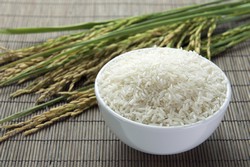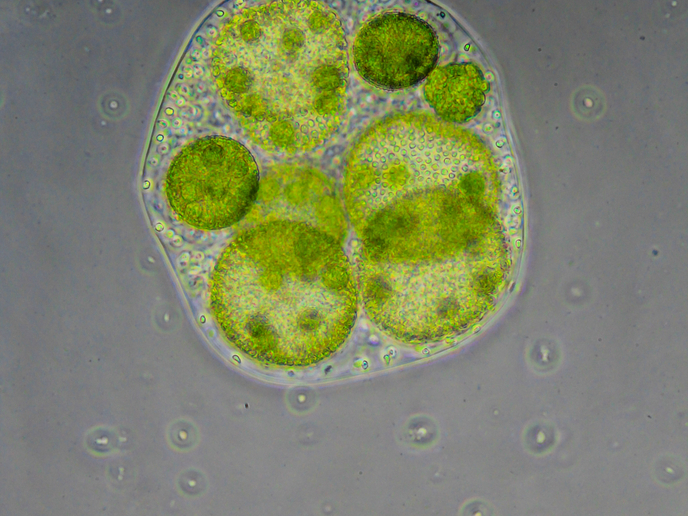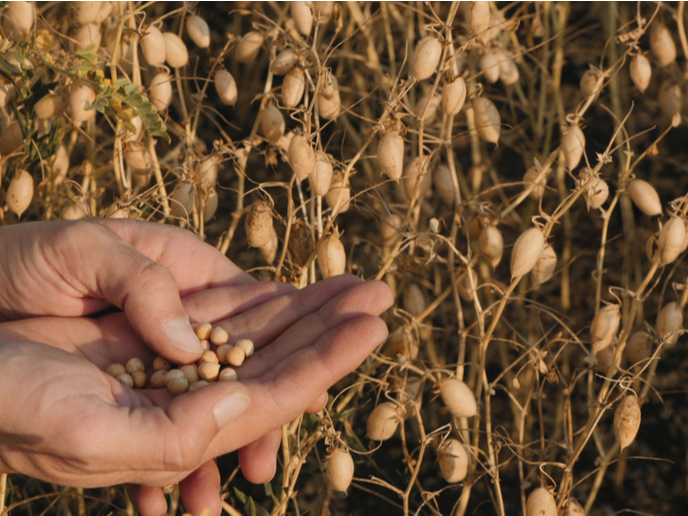Rice resistance to bacterial diseases
Xanthomonas oryzae is a group of plant pathogenic bacteria that cause bacterial blight and bacterial leaf streak in rice. These diseases occur at different stages of the crop and severely affect rice production worldwide, particularly in irrigated rice-growing areas. Understanding how rice interacts with bacterial pathogens to result in resistance or disease could lead to the design of crop genetic modification approaches. The scope of the EU-funded RXOMICS (Identification of novel genes conditioning bacterial blight resistance in rice using genomic resources and functional analysis tools) project was to discover genes responsible for resistance to rice bacterial diseases. Towards this goal, researchers integrated molecular, genomic and genetic approaches in both rice and X.oryzae. The consortium obtained a novel mapping resource that allowed the high resolution detection of quantitative trait loci in naturally resistant crops. They observed that X.oryzae contained transcription activator-like (TAL) effectors that activated host genes associated with enhanced susceptibility. Using the weakly virulent X11-5A strain, researchers demonstrated that the delivery of TAL effectors caused a substantial increase in virulence on diverse rice varieties. This system further allowed them to study TAL-host gene interactions and identify new loci involved in resistance to bacterial infection. RXOMICS also identified a new mechanism of rice resistance involving TAL effectors. A single dominant locus, designated Xo1(t), that maps on chromosome 4 of the rice genome was responsible for this resistance against the African strains of X. oryzae. Considerable effort also went towards the design of diagnostic tools for rice pathogens. The RXOMICS project findings could enhance food security through the sustainable development of bacteria-resistant rice crops.
Keywords
Rice resistance, Xanthomonas oryzae, bacterial blight, TAL effector







